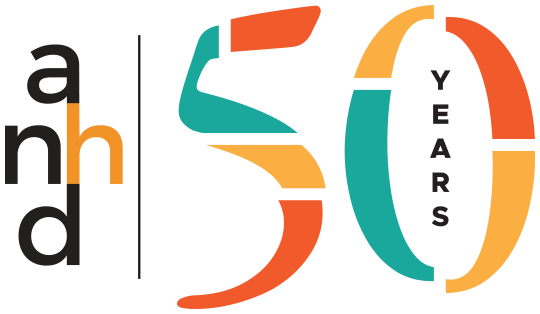Despite our extensive data collection, we know that no single chart can capture the entirety of NYC economic opportunities and barriers. For example, it does not capture the decades of hard work by local community groups and community leaders to improve economic opportunity in their local neighborhoods. Likewise, this tool does not include the full array economic indicators and investments; some integral pieces of information that we know impact local economic opportunity were not available such as debt by neighborhood, percent of formerly incarcerated residents, and non-EDC investment. This highlights the need for better improved transparency and reporting of economic development indicators and investments from all City agencies.
The de Blasio administration has already shown that it is thinking differently about where economic development program effort and investment dollars should go. In Fiscal Year 2014 EDC has allocated more dollars to boroughs outside of Manhattan than other Administrations have in the recent past. However there is not yet a clear picture of the overall comprehensive economic development strategy will be for the City and for neighborhoods.
ANHD hopes this tool will help inform the discussion and the development of effective strategies that will provide thriving, equitable communities for all New Yorkers. In order to do so, it is vital to pay attention to and understand the current economic landscape of New York both citywide and at the neighborhood level. This tool gives residents, policymakers, and advocates clear information both by geography and by category to view the broad economic health on a citywide and community-level perspective.
“ANHD launched our Equitable Economic Development (EqED) initiative because our members want to ensure that future Administrations intentionally focus on comprehensive strategies for communities, populations, and neighborhoods that have historically faced significant barriers to economic opportunity. We see EqED as way to redefine traditional economic development into an approach that puts equity and opportunity for all communities at its core,” says Barika X Williams, Deputy Director at ANHD.
Equitable economic development takes into account the linkages between land use and employment, infrastructure and education, and creates a holistic vision of community health. It is necessary to ensure just and equal opportunity for wealth building, quality jobs, and prospering neighborhoods. Above all, equitable economic development focuses on collective economic mobility rather than on increasing the tax base through investments in economic sectors that concentrate the benefits at the top of the economic scale.
In this time of deep income inequality, a shift in economic development is urgently needed in order to create and maintain thriving, healthy communities for all New Yorkers. Together, advocates and policymakers can begin to reverse the widening inequality gap and put in place inclusive policies that promote opportunities for all residents.







